Related Research Articles
In the Latter Day Saint movement, an apostle is a "special witness of the name of Jesus Christ who is sent to teach the principles of salvation to others." In many Latter Day Saint churches, an apostle is a priesthood office of high authority within the church hierarchy. In many churches, apostles may be members of the Quorum of the Twelve and First Presidency of the church. In most Latter Day Saint churches, modern-day apostles are considered to have the same status and authority as the Biblical apostles.
In the Latter Day Saint movement, priesthood is the power and authority of God given to man, including the authority to perform ordinances and to act as a leader in the church. A group of priesthood holders is referred to as a quorum.
In the Latter Day Saint movement, the President of the Church is generally considered to be the highest office of the church. It was the office held by Joseph Smith, founder of the movement, and the office assumed by many of Smith's claimed successors, such as Brigham Young, Joseph Smith III, Sidney Rigdon, and James Strang. Several other titles have been associated with this office, including First Elder of the church, Presiding High Priest, President of the High Priesthood, Trustee-in-Trust for the church, Prophet, Seer, Revelator, and Translator. Joseph Smith was known by all of these titles in his lifetime.

The Aaronic priesthood is the lesser of the two orders of priesthood recognized in the Latter Day Saint movement. The higher being the Melchizedek priesthood. Unlike the Melchizedek priesthood, which is modeled after the authority of Jesus and the Twelve Apostles, the Aaronic priesthood is modeled after the priesthood of Aaron the Levite, the first high priest of the Hebrews, and his descendants. The Aaronic priesthood is thought to be a lesser or preparatory priesthood and an "appendage" of the more powerful Melchizedek priesthood.
In the Latter Day Saint movement, a patriarchal blessing or evangelist blessing is administered by the laying on of hands, with accompanying words of counsel, reassurance and lifelong guidance intended solely for those receiving the blessing. The words are spoken by an ordained patriarch (evangelist) of the church, but are believed to be inspired by the Holy Ghost. These blessings are given in both the Church of Jesus Christ of Latter-day Saints and the Community of Christ. The patriarchal/evangelist blessings are modeled after the blessing given by Jacob to each of his sons prior to his death.

The Latter Day Saint movement is a religious movement within Christianity that arose during the Second Great Awakening in the early 19th century and that led to the set of doctrines, practices, and cultures called Mormonism, and to the existence of numerous Latter Day Saint churches. Its history is characterized by intense controversy and persecution in reaction to some of the movement's doctrines and practices and their relationship to mainstream Christianity. The purpose of this article is to give an overview of the different groups, beliefs, and denominations that began with the influence of Joseph Smith.
In the Latter Day Saint movement, patriarch is an office of the priesthood. It is considered to be either an office of the patriarchal priesthood or the Melchizedek priesthood.
Lineal succession was a doctrine of the Latter Day Saint movement, whereby certain key church positions were held by right of lineal inheritance. Though lineal succession is now largely abandoned, the offices connected with the practice were the President of the Church and the Presiding Patriarch.
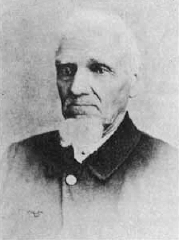
William Smith was a leader in the Latter Day Saint movement and one of the original members of the Quorum of the Twelve Apostles. Smith was the eighth child of Joseph Smith Sr. and Lucy Mack Smith and was a younger brother of Joseph Smith Jr., the founder of the Latter Day Saint movement.
In the Latter Day Saint movement, the Presiding Patriarch is a church-wide leadership office within the priesthood. Among the duties of the Presiding Patriarch are to preside in council meetings, ordain other patriarchs, and administer patriarchal blessings.
The succession crisis in the Latter Day Saint movement occurred after the killing of the movement's founder, Joseph Smith, on June 27, 1844.
In Community of Christ, formerly the Reorganized Church of Jesus Christ of Latter Day Saints, priesthood is God's power and authority to minister in the church and to conduct God's business on Earth. Although the church believes that all Christians are called by their gifts and talents to the ministry, priesthood is seen as a particular expression of universal ministry to which all are called. In Community of Christ, both women and men can be ordained to the priesthood. All offices are deemed equal in importance, but the duties and responsibilities of each differ.

Restoration Branches movement is a Christian/Latter Day Saint religious sect which was formed in the 1980s by members of the Reorganized Church of Jesus Christ of Latter Day Saints in a reaction against the events of the RLDS 1984 world conference. The movement holds in the traditional RLDS theology of the 19th and early-to-mid 20th centuries and hold that events leading up to and surrounding the 1980s and decades since have introduced sweeping, fundamental changes into RLDS doctrine and practice which are illegitimate because they contradict the long-standing RLDS theological tradition this sect holds as true. It is also a part of the Mormon religion.
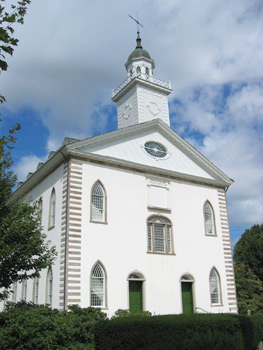
The history of Community of Christ, formerly known as the Reorganized Church of Jesus Christ of Latter Day Saints, covers a period of approximately 200 years. The church's early history traces to the "grove experience" of Joseph Smith, who prayed in the woods near his home in Palmyra, New York, in the early-19th century. Several accounts of this experience have surfaced over the years. Most of the accounts share a common narrative indicating that when he went to the woods to pray, he experienced a period of encountering evil or despair, but then experienced an epiphany or vision in which he came to know and understand God's goodness. Later, as an adult, Smith founded the Church of Christ on April 6, 1830.
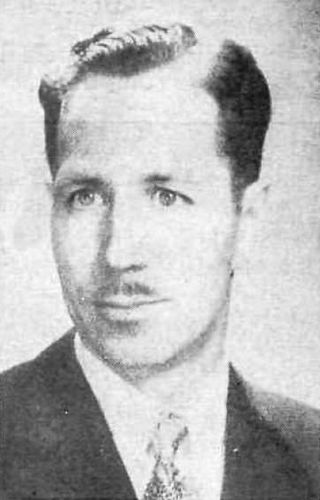
Eldred Gee Smith was the patriarch to the church of the Church of Jesus Christ of Latter-day Saints from 1947 to 1979. From 1979 to his death he was the patriarch emeritus of the church. He was the oldest and longest-serving general authority in the history of the church, although he had not been active in that capacity from 1979 to his death.
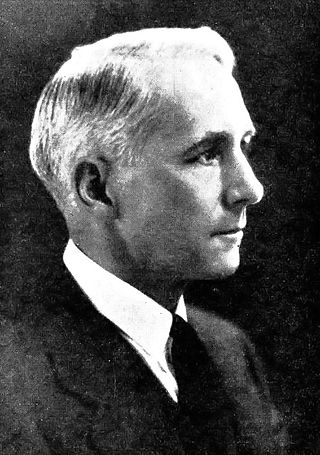
Hyrum Gibbs Smith was Presiding Patriarch of the Church of Jesus Christ of Latter-day Saints from 1912 until his death.
Assistant President of the Church was a position in the leadership hierarchy in the early days of the Latter Day Saint church founded by Joseph Smith. The Assistant President was the second-highest authority in the church and was a member of the church's governing First Presidency. As President of the Church, Smith appointed two men to serve in the position of Assistant President. After Smith's death, most Latter Day Saint denominations discontinued the position of Assistant President of the Church.

Zebedee Coltrin was a Mormon pioneer and a general authority in the Church of Jesus Christ of Latter-day Saints from 1835 to 1837. He served in later years as a patriarch in the church, from 1873 until his death.
Evangelist may refer to:
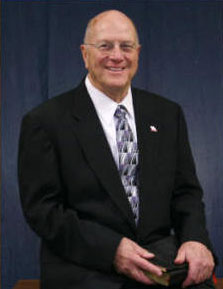
Frederick Niels Larsen was the President of the High Priesthood of the Remnant Church of Jesus Christ of Latter Day Saints and the great grandson of Joseph Smith III.
References
- Edwards, Paul M., "RLDS Priesthood: Structure and Process", Dialogue: A Journal of Mormon Thought 17(3) (1984) p. 6.
- Howard, Richard P. "The Ministry of Patriarch-Evangelists: A Brief Historical Survey". Community of Christ. Retrieved 10 February 2016.[ permanent dead link ]
- The Church of Jesus Christ (2005). Faith and Doctrine of The Church of Jesus Christ. Bridgewater, Michigan: The Church of Jesus Christ.
- Valenti, Jerry (1986). "Volume 56", "Welcome to The Church of Jesus Christ". Bridgewater, Michigan: Gospel News, 9.
- Veazey, Stephen M. (2006). Faith & Beliefs: Sacraments in the Community of Christ (Independence, Missouri: Herald House).